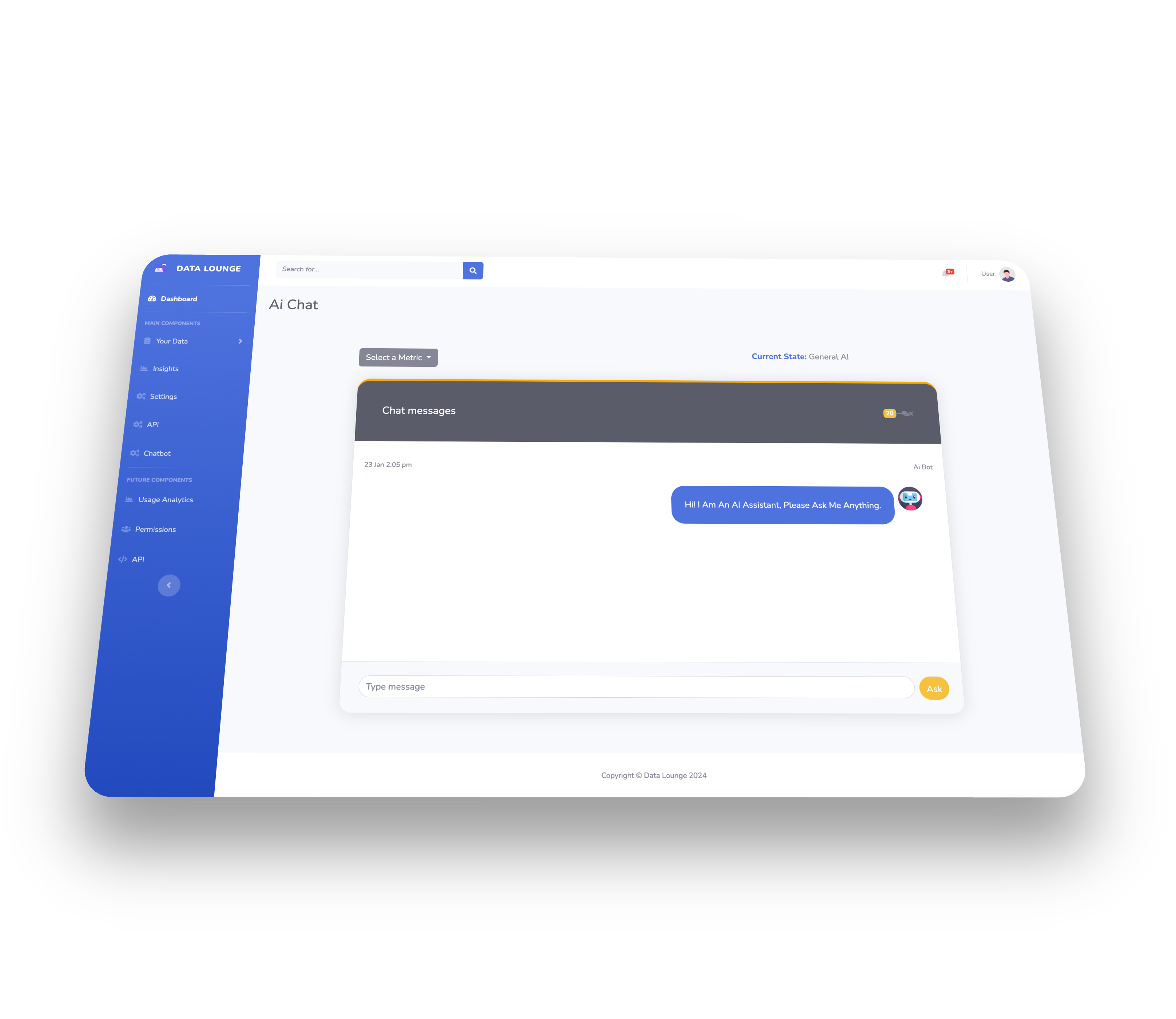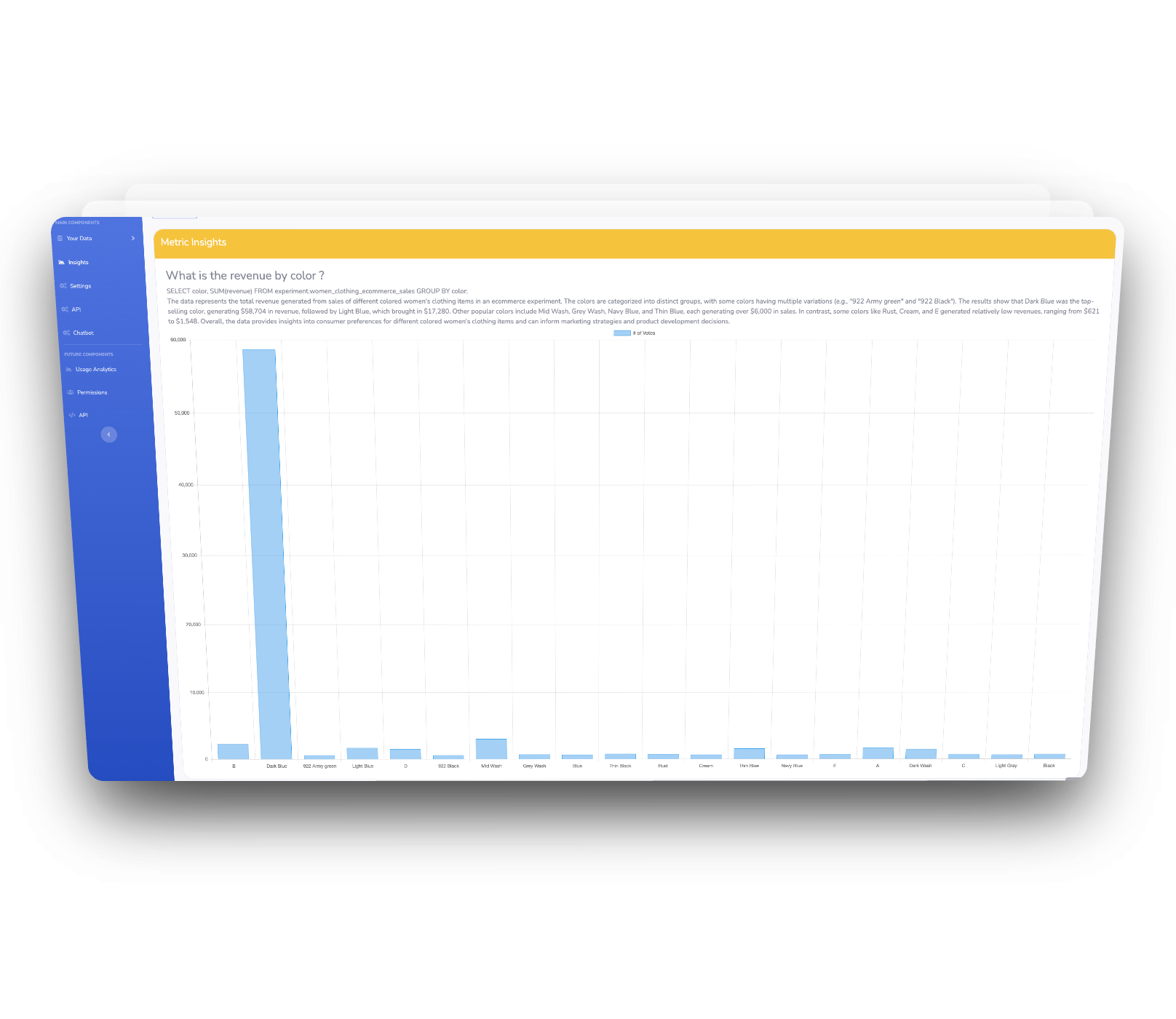Exploring The World Of Data Lounges: A Comprehensive Guide
In the modern era of digital transformation, the concept of a data lounge has emerged as a critical asset for businesses and individuals seeking to harness the full potential of their data resources. Whether you're looking for a collaborative space to work on data-driven projects or a virtual environment to analyze and visualize information, understanding the essence of a data lounge can significantly enhance productivity. This guide will walk you through everything you need to know about data lounges, from their definitions and benefits to practical applications and best practices.
Data lounges go beyond being just a buzzword; they signify a paradigm shift in how organizations approach data management and analysis. By creating specialized spaces—whether physical or virtual—businesses can encourage collaboration, optimize workflows, and refine decision-making processes. This article delves deep into the concept of data lounges, highlighting their advantages, challenges, and implementation strategies.
Whether you're a data scientist, an IT professional, or a business leader, this guide will provide valuable insights into leveraging data lounges to foster innovation and drive growth. Let's explore why data lounges are becoming an integral part of contemporary data strategies.
Table of Contents
- What is a Data Lounge?
- Types of Data Lounges
- Benefits of Data Lounges
- Challenges in Implementing Data Lounges
- How to Set Up a Data Lounge
- Tools and Technologies for Data Lounges
- Best Practices for Data Lounges
- Case Studies of Successful Data Lounges
- Future of Data Lounges
- Conclusion
Understanding the Concept of a Data Lounge
A data lounge is a dedicated environment, either physical or virtual, designed specifically for data-related activities such as analysis, visualization, collaboration, and decision-making. These spaces are equipped with advanced tools, technologies, and resources to facilitate efficient and effective data work. Essentially, a data lounge serves as a hub where teams can gather to uncover insights and drive innovation.
The idea of a data lounge combines the functionality of traditional office spaces with cutting-edge technology to create an immersive experience for users. By offering a comfortable and well-equipped setting, data lounges allow professionals to focus on their tasks without distractions, leading to improved outcomes.
Key Features of a Data Lounge
- Advanced analytics tools and software
- Interactive visualization platforms
- Collaboration spaces for team discussions
- Customizable workstations tailored to individual preferences
- Integration with cloud-based storage solutions
Exploring the Different Types of Data Lounges
Data lounges can vary significantly depending on the unique needs of an organization. Some companies prefer physical data lounges, while others opt for virtual ones. Each type has its own set of advantages and limitations, which should be carefully evaluated before implementation.
Physical Data Lounges
Physical data lounges are actual spaces within an office or building designed explicitly for data-related activities. These areas are often equipped with large screens, ergonomic furniture, and state-of-the-art technology to support data analysis and visualization. They provide a tangible environment for collaboration and innovation.
Virtual Data Lounges
Virtual data lounges, conversely, exist entirely online and can be accessed remotely by team members from anywhere in the world. These platforms typically include collaboration tools, shared workspaces, and real-time communication features to facilitate seamless interaction among team members. They offer flexibility and convenience, making them ideal for distributed teams.
The Advantages of Implementing a Data Lounge
Integrating a data lounge into your organization can yield numerous benefits across various industries. Some of the most notable advantages include:
- Enhanced collaboration among team members
- Improved data analysis and visualization capabilities
- Increased productivity and efficiency
- More informed decision-making processes
- Greater flexibility in working arrangements
By establishing a dedicated space for data-related activities, businesses can ensure that their teams have access to the necessary resources and support to achieve success. This, in turn, leads to better outcomes and a competitive edge in the marketplace.
Overcoming Challenges in Data Lounge Implementation
While data lounges offer many benefits, there are also challenges associated with their implementation. Some common obstacles include:
- High initial costs for setting up the required infrastructure
- Resistance to change from employees accustomed to traditional workspaces
- Security concerns related to storing and sharing sensitive data
- Technical issues that may arise during setup or operation
Successfully addressing these challenges requires meticulous planning, execution, and ongoing support to ensure the data lounge remains functional and effective over time.
Steps to Establish a Data Lounge
Setting up a data lounge involves several critical steps, including:
- Defining the purpose and goals of the data lounge
- Selecting the appropriate location and layout
- Choosing the right tools and technologies to support data activities
- Training staff on how to use the new environment effectively
- Establishing policies and procedures for data security and privacy
Each of these steps plays a vital role in ensuring that the data lounge aligns with the needs of its users and delivers the desired results. By dedicating time to thorough planning and preparation, organizations can maximize the potential of their data lounges and achieve greater success.
Essential Tools and Technologies for Data Lounges
A successful data lounge relies on a variety of tools and technologies to function optimally. Some of the most popular options include:
- Data analytics software such as Tableau, Power BI, or Google Data Studio
- Collaboration platforms like Microsoft Teams, Slack, or Zoom
- Cloud storage solutions such as Google Drive, Dropbox, or Amazon S3
- Interactive whiteboards and large display screens for visualizing data
- Customizable workstations with ergonomic furniture and adjustable settings
By incorporating these tools and technologies into their data lounges, organizations can create environments that are both functional and user-friendly, enabling their teams to work more efficiently and effectively.
Best Practices for Designing and Operating a Data Lounge
To ensure the success of a data lounge, it's essential to follow best practices in its design and operation. Some key recommendations include:
- Involving stakeholders in the planning process to gather diverse perspectives and ideas
- Regularly updating and upgrading equipment and software to stay current with technological advancements
- Providing ongoing training and support for users to help them make the most of the available resources
- Encouraging open communication and feedback to continuously improve the data lounge experience
By adhering to these best practices, businesses can create data lounges that truly enhance their operations and contribute to their overall success.
Real-World Examples of Successful Data Lounges
Several organizations have already implemented successful data lounges, showcasing the potential benefits of these environments. For instance:
- Company A: Improved collaboration and decision-making through the use of interactive visualization tools
- Company B: Increased productivity by providing customizable workstations for team members
- Company C: Enhanced data security by implementing strict access controls and encryption protocols
These case studies demonstrate the diverse ways in which data lounges can be customized to meet the unique needs of different organizations, resulting in improved outcomes across the board.
The Evolving Landscape of Data Lounges
As technology continues to advance, the concept of data lounges will undoubtedly evolve as well. Emerging trends such as artificial intelligence, machine learning, and the Internet of Things (IoT) are likely to play a significant role in shaping the future of these environments. Additionally, advancements in virtual and augmented reality may lead to even more immersive experiences for users.
Businesses that stay ahead of these trends and adapt their data lounges accordingly will be well-positioned to thrive in an increasingly data-driven world. By embracing innovation and continuously improving their data lounges, organizations can maintain a competitive edge and achieve long-term success.
Final Thoughts on Data Lounges
In summary, data lounges represent a powerful tool for businesses aiming to unlock the full potential of their data resources. By creating dedicated spaces for data-related activities, organizations can foster collaboration, streamline workflows, and refine decision-making processes. While there are challenges associated with implementing data lounges, the benefits far outweigh the costs for those who invest the necessary time and effort to make them successful.
We encourage readers to share their thoughts and experiences with data lounges in the comments section below. Additionally, feel free to explore other articles on our website for more insights into the world of data and technology. Together, let's continue to push the boundaries of what's possible in the realm of data-driven innovation.
Article Recommendations


